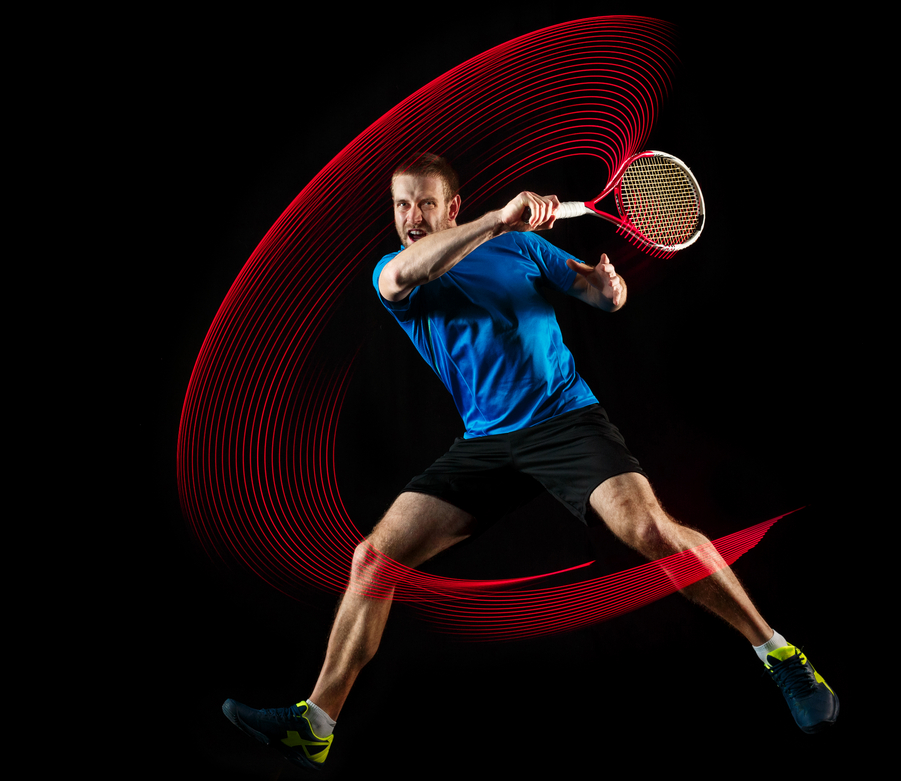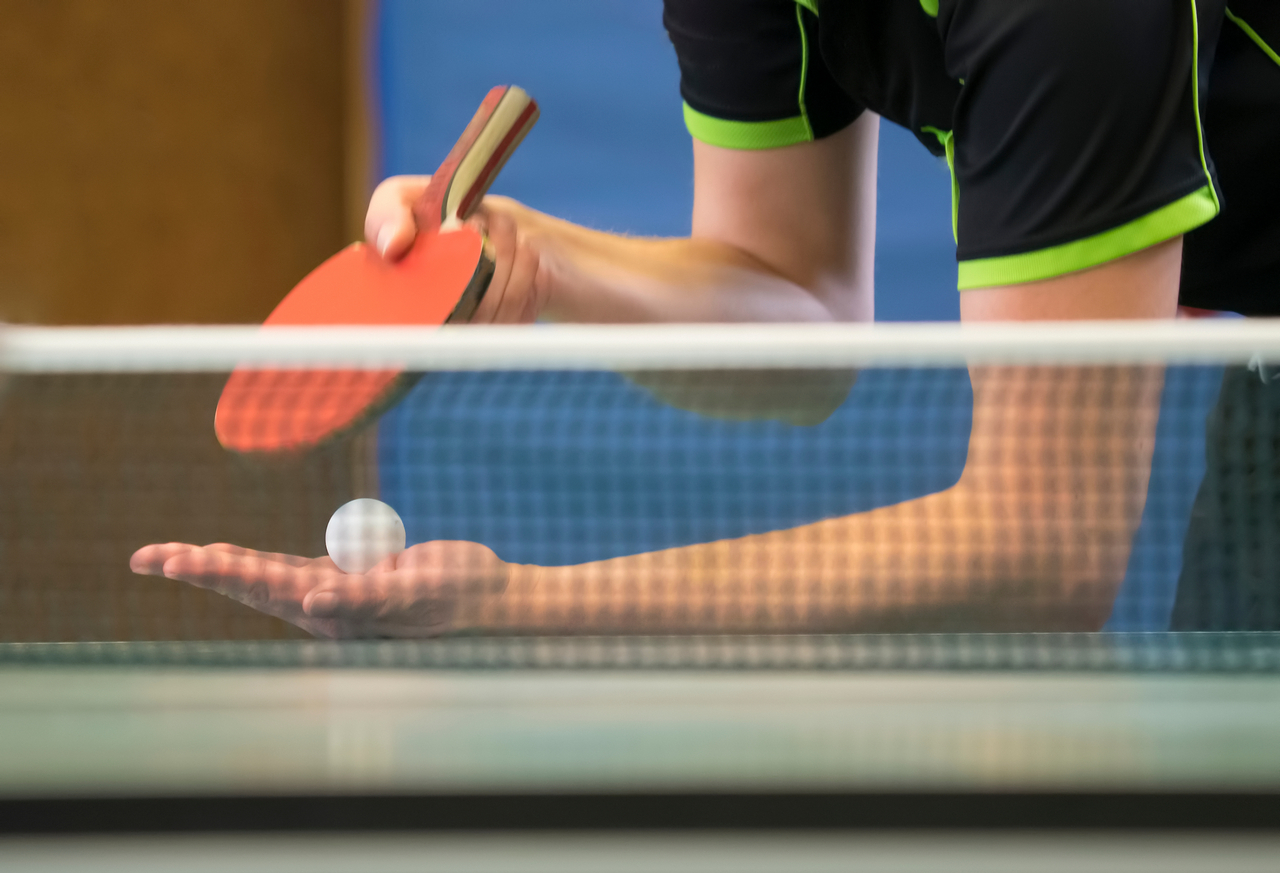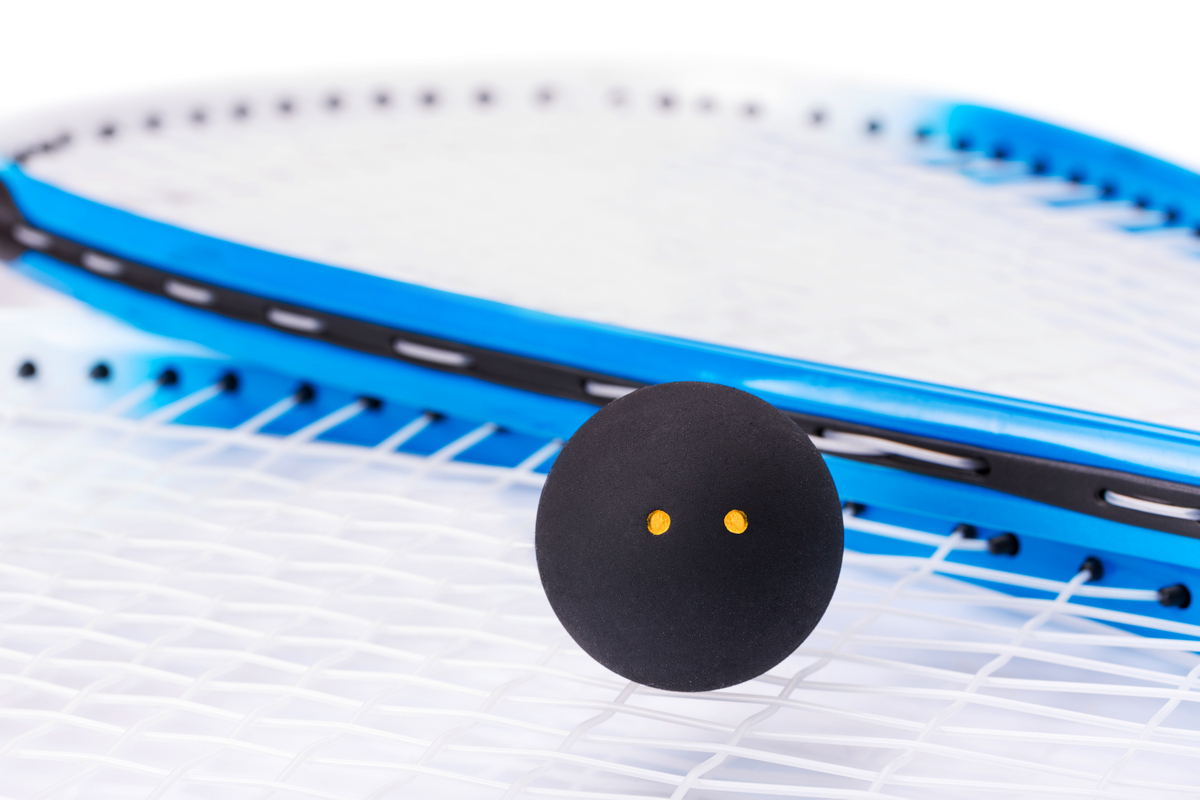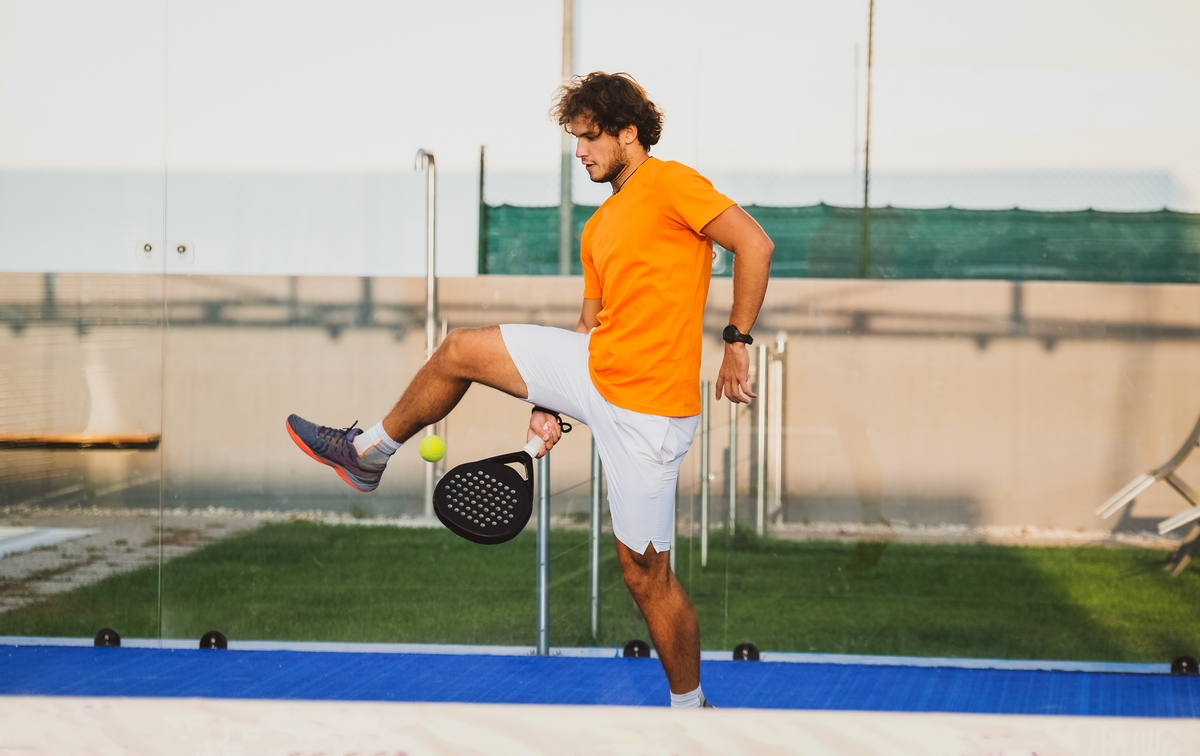The Four Angles in Tennis (Forehand or Backhand Side)
July 9, 2024
The Four Angles in Tennis (Forehand or Backhand Side)
Introduction: In the game of tennis, understanding and utilizing court geometry can provide a significant strategic advantage. George Capestany, a highly respected tennis coach, breaks down this concept in his video "How to Use the 4 Angles of Tennis." By effectively employing the four primary angles, players can dominate rallies, create open spaces, and put constant pressure on their opponents. This article explores Capestany’s insights and how to apply them to your game.
1. Understanding the Four Key Angles: Capestany introduces the four crucial angles that every tennis player should master
- Angle 1: Deep Cross-Court Forehand or Backhand
- Description: A deep shot that lands close to the baseline on the opponent’s forehand side but angled cross-court.
- Purpose: This shot forces the opponent to move laterally and often stretches them wide, opening up the court.
- Usage: It is effective in baseline rallies to push the opponent wide and create space on the court.
- Angle 2: Mid-Court Cross-Court Forehand or Backhand
- Description: A shot that lands around the mid-court area on the opponent’s forehand side but still angled cross-court.
- Purpose: This shot pulls the opponent out of position and can create opportunities for a follow-up attack.
- Usage: Useful for changing the pace and direction of the rally, making it harder for the opponent to maintain their positioning.
- Angle 3: Short Cross-Court Forehand or Backhand
- Description: A short, sharp angled shot that lands close to the service line on the opponent’s forehand side.
- Purpose: This shot brings the opponent forward, disrupting their rhythm and opening up the court for a finishing shot.
- Usage: Effective against opponents who prefer staying at the baseline, as it forces them to move up and often leads to weak returns.
- Angle 4: Very Short Cross-Court Forehand or Backhand
- Description: A very short angled shot that lands near the sideline and close to the net on the opponent’s forehand side.
- Purpose: This shot pulls the opponent extremely wide and forward, often making it difficult for them to reach and return the ball effectively.
- Usage: Best used as a surprise tactic to catch the opponent off guard and create an easy opportunity for a winning shot.
2. Creating Space and Time: Utilizing these angles effectively allows you to control the court by creating space and time. Here’s how:
- Stretching Opponents Wide: By hitting wide angles, you force your opponent to cover more ground, making it harder for them to maintain a strong position and increasing the chances of weak returns.
- Drawing Opponents Forward: Short angles draw your opponent to the net, where they may feel less comfortable. This tactic disrupts their rhythm and opens up the court for passing shots or lobs.
3. Implementing Angles in Rallies: Capestany emphasizes the importance of using these angles throughout rallies to keep your opponent on the defensive:
- Varying Your Shots: Mixing up your angles prevents your opponent from anticipating your moves, keeping them off balance.
- Setting Up Finishing Shots: Use angles to create openings, setting up for powerful shots that can finish the point, such as down-the-line drives or sharply angled volleys.
4. Practicing Angle Shots: To effectively use these strategies, consistent practice is crucial. Capestany recommends several drills to hone your ability to hit precise angles:
- Cross-Court Drills: Practice deep cross-court shots to develop control and accuracy for wide angles.
- Short Angle Drills: Work on hitting short angles to both forehand and backhand sides, improving your skill at drawing opponents forward.
5. Tactical Applications: Understanding when and how to use these angles during a match can turn the tide in your favor. Here are a few tactical applications:
- Baseline Rallies: Use wide angles to push your opponent off the court and open up space for a winner.
- Approach Shots: Employ short angles to draw your opponent in and set up for a decisive passing shot.
- Net Play: When at the net, use angles to hit volleys that are difficult to return, focusing on placement over power.
Conclusion: Mastering the four primary angles of the tennis court, as explained by George Capestany, can elevate your game by enhancing your strategic play. By practicing these angles and incorporating them into your matches, you can gain a significant advantage over your opponents. Consistent use of these techniques will not only improve your tactical understanding but also help you control the flow of the game, making you a more formidable player on the court.







